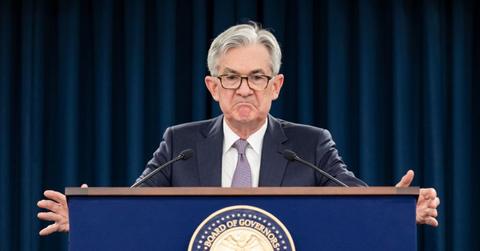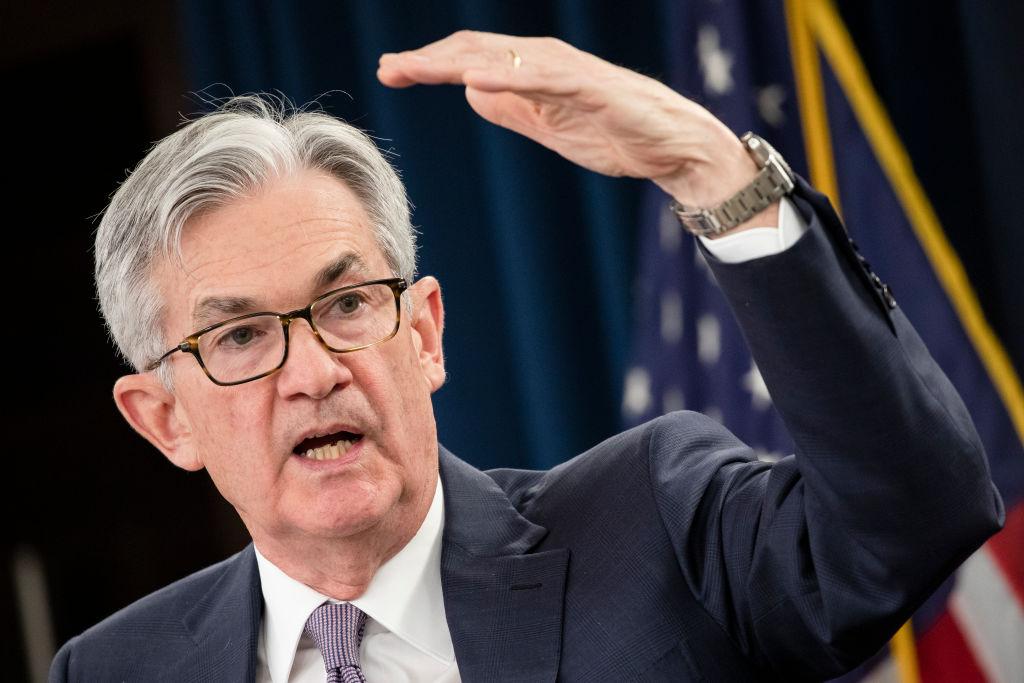Move Over "Transitory," the Fed Is Worried About "Entrenched Inflation"
The Federal Reserve is now worried about "entrenched inflation." What is entrenched inflation and how is it different from the usual inflation?
July 8 2022, Published 8:50 a.m. ET

The U.S. Federal Reserve is now worried about “entrenched inflation." Fed Chair Jerome Powell has raised rates three times in 2022 to tame multi-decade high inflation. What exactly is entrenched inflation and how different is it from the usual inflation?
U.S. inflation started to climb in 2021 and surpassed 5 percent in May. Since then, inflation hasn’t dropped below 5 percent and hit a new multi-decade high of 8.6 percent in May 2022. In 2021, the Fed described inflation as “transitory” and said that it's being caused by the demand-supply mismatch due to the COVID-19 pandemic.
Powell discarded the term "transitory" in November 2021.
After sticking with its controversial classification of inflation as "transitory" for months, the Fed said in November that the term has lived its course. U.S. inflation had risen at an annualized pace of 6.2 percent in October before that.

Since then, inflation has risen every month barring April. Even the slight fall in April looks like a blip as inflation surpassed estimates the next month. For three months now, U.S. inflation has been above 8 percent, or four times higher than what the Fed targets.
The Fed is worried about "entrenched inflation."
The minutes for Fed’s June meeting, where the U.S. Central Bank raised rates by 75 basis points, talk about inflation getting entrenched. The minutes read, “Many participants judged that a significant risk now facing the Committee was that elevated inflation could become entrenched if the public began to question the resolve of the Committee to adjust the stance of policy as warranted.”
The minutes added, “On this matter, participants stressed that appropriate firming of monetary policy, together with clear and effective communications, would be essential in restoring price stability.” The participants think that it will “likely take some time” before inflation falls to the targeted 2 percent.
What is entrenched inflation?
Entrenched inflation seems to be the opposite of transitory inflation. While rising gas prices frequently get blamed for high inflation, there has been broad-based inflation in the U.S. Prices of almost everything from food, to medicines, and housing have risen sharply. Wage costs have also increased even though many Americans find themselves better off in a low wage growth and low inflation environment than in the current high inflation environment with rising wages.
Inflation also gets entrenched in the psyche of businesses as well as consumers, which is something that the Fed might want to avoid. The U.S. Central Bank has already lost some credibility for failing to act early and if markets lose more faith in Fed, it wouldn't bode well for financial stability.
Entrenched inflation gets embedded in the system and is a lot stickier than the usual inflation. It becomes a lot tougher for central banks to tackle inflation if it gets entrenched. The trade-off for the Fed is difficult even now as it tries to fend off a recession while fighting inflation.
Is U.S. inflation getting entrenched?
There are signs that some price hikes are here to stay, higher wages for instance. Also, not many believe that the U.S. housing market will crash, which would mean elevated prices for a longer period of time. Overall, inflation should taper down in the second half of 2022. We’ve already started to see a fall in input costs, which would have a cooling impact on inflation.
As the economy gradually slows down, prices of manufactured products should also come down. President Joe Biden is contemplating waiving the tariffs on Chinese goods, which should also help lower inflation structurally.

